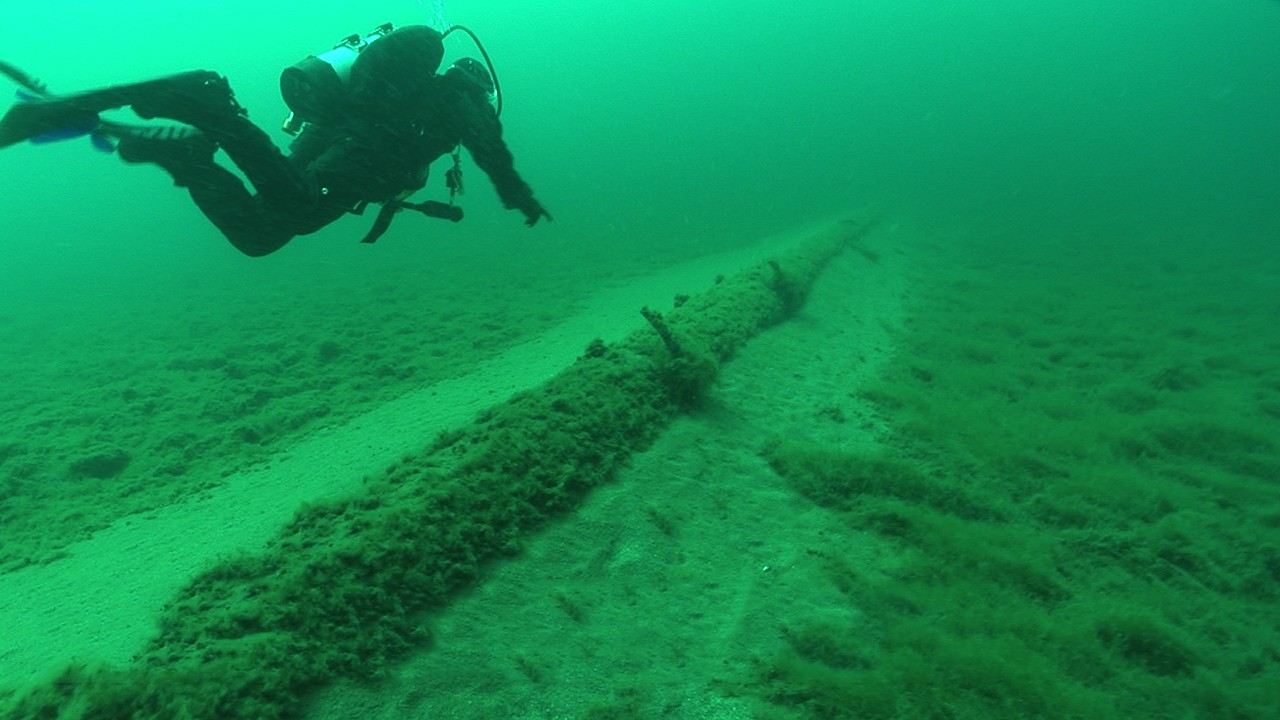Image: Shutterstock
Wood Buffalo National Park in northern Alberta is Canada’s largest national park, and the second-largest in the entire world. According to a new environmental assessment by the federal government, the park, its wildlife, and the people who depend on it for a traditional way of life are in trouble due to a combination of factors including industrial development and climate change.Wood Buffalo contains one of the world’s largest freshwater deltas, and is a significant habitat for bison and the endangered whooping crane. The federal report surveyed decades of research and paints a stark picture. Waters are drying up: flows from the Peace River have decreased 9 percent, and flows from the Athabasca have decreased a whopping 26 percent. In these low waters, chemicals similar to those produced by the oil sands developments near the park are concentrating. Air quality has declined.The impacts on wildlife and the Indigenous people who live in the region appear dire—mercury concentration in eggs are high, locals report spotting deformed fish and rabbits with two genitals, fewer muskrats, fewer bison, and the list goes on. Out of 17 environmental indicators that the report focused on, 15 were found to be in decline. A combination of factors are likely contributing to Wood Buffalo National Park’s environmental degradation, according to the report, including industrial development and climate change.Wood Buffalo National Park became a world heritage site in 1983, and oil sands as well as industrial and agricultural developments have popped up around it. In 2014, the Mikisew Cree First Nation (MCFN) brought concerns about the park’s declining environment to UNESCO, which tasked Canada with rectifying the park’s dire state of affairs. The May report is the result of that mandate, and was conducted in collaboration with the MCFN. Canada is facing a December deadline to appraise UNESCO of its plan to rectify the park’s deterioration.If Canada fails to pull through, the UN may label Wood Bison National Park as being a world heritage site “in danger.” A new open-pit oil sands mine just 30 kilometres form the park’s southern border is currently in the application stage.Get six of our favorite Motherboard stories every day by signing up for our newsletter.
A combination of factors are likely contributing to Wood Buffalo National Park’s environmental degradation, according to the report, including industrial development and climate change.Wood Buffalo National Park became a world heritage site in 1983, and oil sands as well as industrial and agricultural developments have popped up around it. In 2014, the Mikisew Cree First Nation (MCFN) brought concerns about the park’s declining environment to UNESCO, which tasked Canada with rectifying the park’s dire state of affairs. The May report is the result of that mandate, and was conducted in collaboration with the MCFN. Canada is facing a December deadline to appraise UNESCO of its plan to rectify the park’s deterioration.If Canada fails to pull through, the UN may label Wood Bison National Park as being a world heritage site “in danger.” A new open-pit oil sands mine just 30 kilometres form the park’s southern border is currently in the application stage.Get six of our favorite Motherboard stories every day by signing up for our newsletter.
Advertisement

